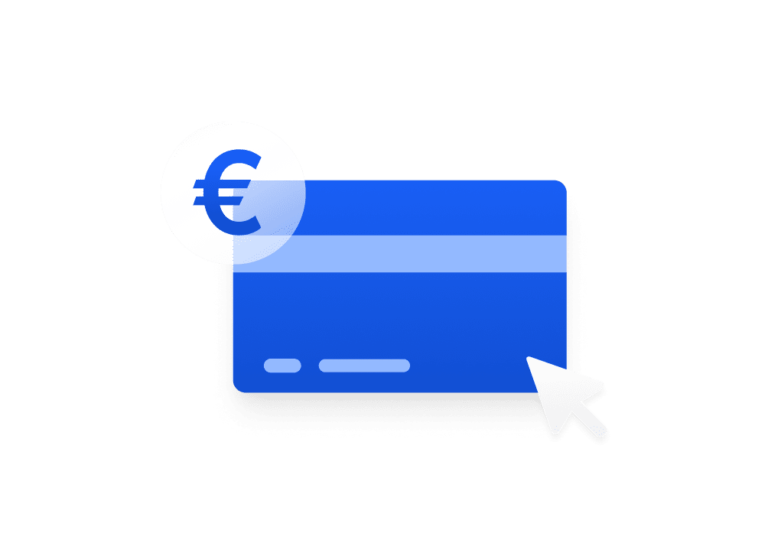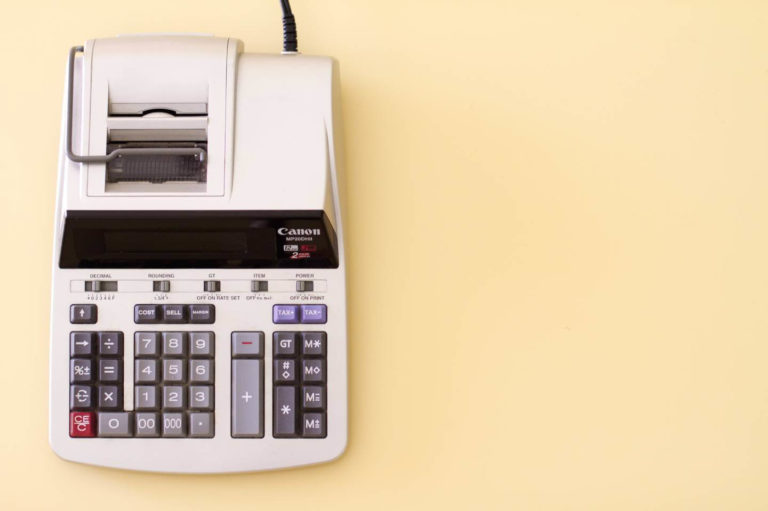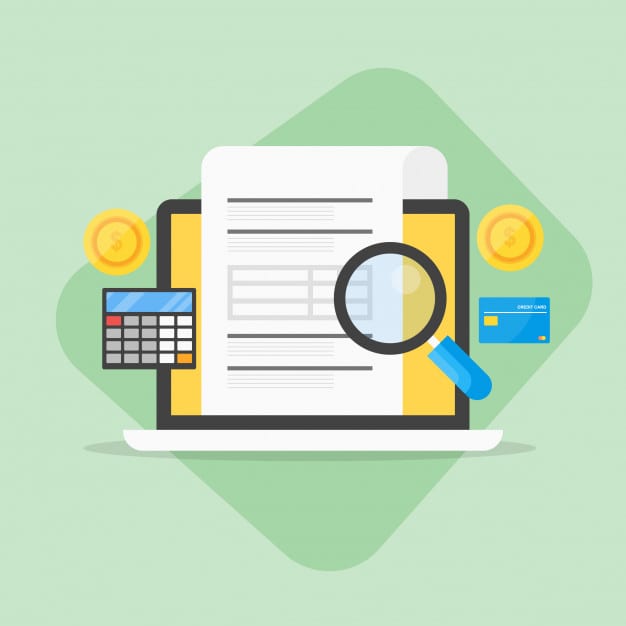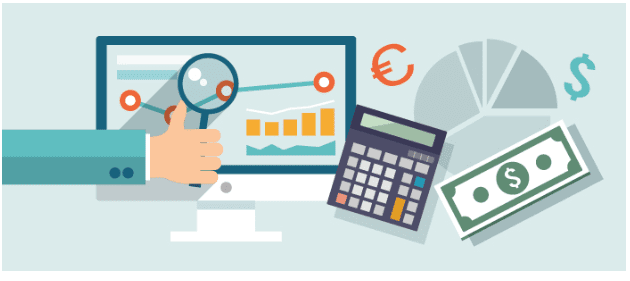You’ve secured a new client or project—go you! You’re sorting out invoicing and trying to estimate how much to charge your customer. But things could change. Not majorly, but the project might run over—or you might need to charge for additional expenses.
Here’s where the Pro Forma Invoice comes in. Read on to find out how this type of invoice is going to help you succeed.
What is a Pro Forma Invoice?
A Pro Forma Invoice gives your customer an idea of how much your products/services will cost them before they buy from you, it can be used to send quotes or estimates.
An invoice that is pro forma, is purely informational and should be clearly marked as such when sending it to a client.
You can view this type of invoice as a “pre-advice document”, a business provides this before the buyer confirms, finalises, or settles a deal.
It provides a company the chance to outline its commitment to sell a certain quantity of products or services, accompanied with a clearly indicated price.
As and when the customer confirms that they’re ready to purchase, you can transform your Pro Forma into a full invoice and send it to them.
How to make a Pro Forma Invoice
You should include most of the elements of a true invoice, including; the date, the contact details of both the buyer and the seller, product or service details, the agreed upon price, taxes, shipping costs, the total, and any terms of credit you may have agreed too.
The purpose of a Pro Forma Invoice is not to be legally binding.
There’s no need to include an invoice number, date of delivery, or any payment terms. Here’s what you should be displaying in your invoice;
- Determine the price and sales terms. This should reflect what you have arranged for the prospective deal, and identify any additional costs.
- Use a commercial invoice form format. Clearly state at the stop “Pro Forma Invoice” and also include the name and address of the seller, and buyer.
- List items separately and breakdown what each costs. Be transparent with the customer, don’t hide extra costs just because you think it will win you the sale.
- State the currency and shipping method (if needed). For example, you don’t want to accidentally state a figure in Euros and find out later that it will cost the client more in Pounds.
- Include your signature and the date it was signed.

What’s the difference between an Invoice and a Pro Forma Invoice?
The Pro Forma Invoice is a document of commitment – a quote, if you will – to give the buyer the option to buy exactly what is within the invoice.
It could also be considered as a “confirmed purchase order” rather than the final bill.
Professional invoices on the other hand, are known as the document that is used to record accounts receivable for the seller and is used to record accounts payable for the buyer, it is used to confirm a sale and should be filed with your accountant.
The benefits of a Pro Forma Invoice
There are a few key benefits of using this type of invoice:
- It serves as a pre-legal binding agreement
- It includes all the relevant, and useful information the client will need
- It helps you tighten the sales funnel as customers
- It’s a great final step before you proceed with the final, payable invoice
- It helps all parties understand what they’re committing to
- It’s useful for checking and minimising errors
Use a Pro Forma Invoice template to get started
Use our invoicing software and you can make a Pro Forma Invoice your way.
All you have to do is fill in the details of your client and what you want to charge for and Holded will automatically generate you a Pro Forma invoice.
You can even add your logo, branding, and any additional info your customer might need. Then download your bespoke invoice in a PDF, Word Doc, or send it through our platform.
You can also take control of your sale and purchase cycles from start to finish: from the initial quote, to the sending and collecting of invoices; from the purchase orders sent to your suppliers, to your service receipts and their corresponding invoices.












